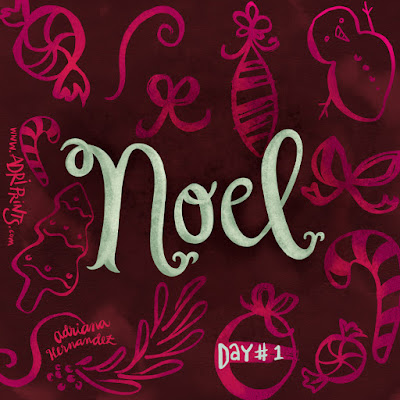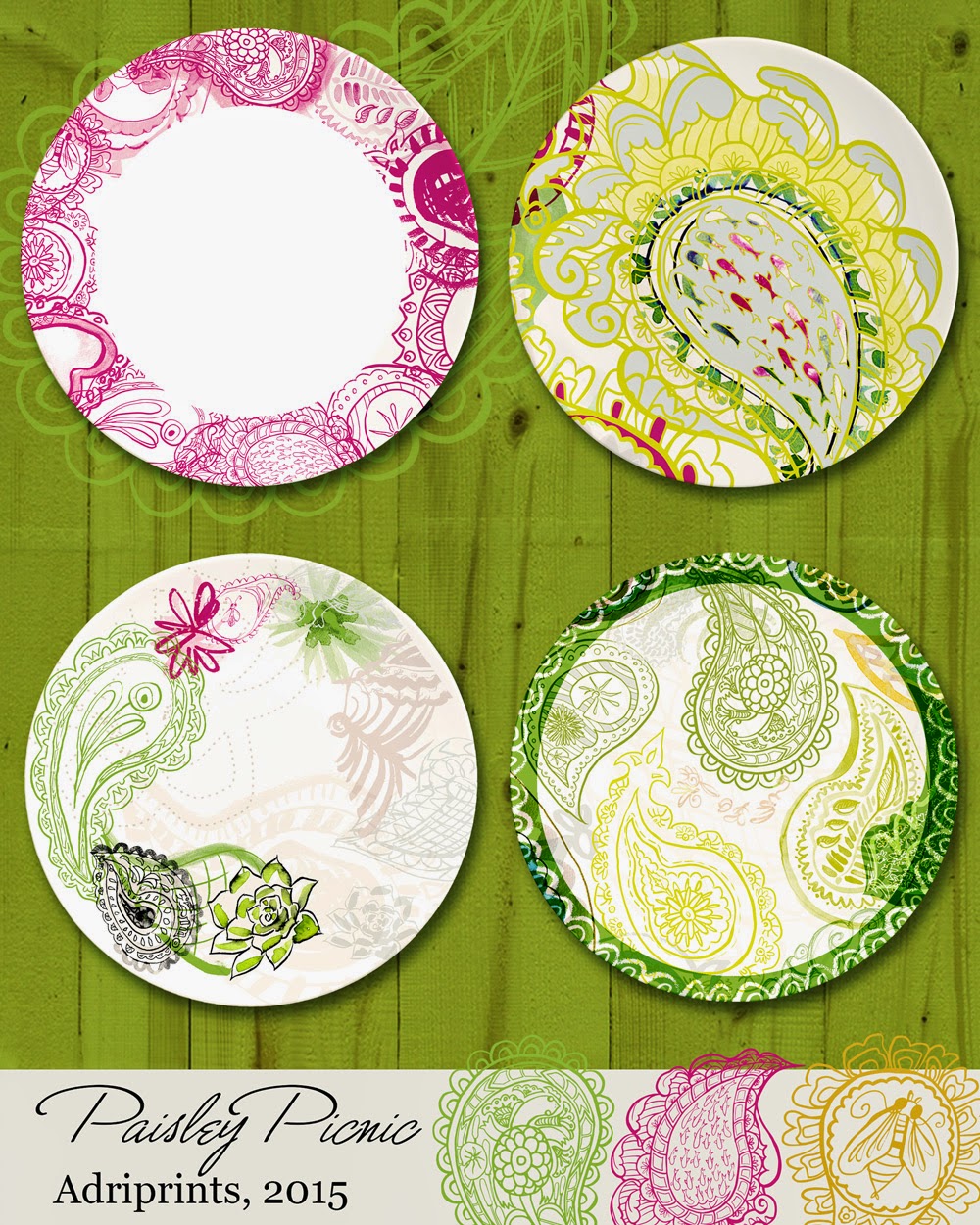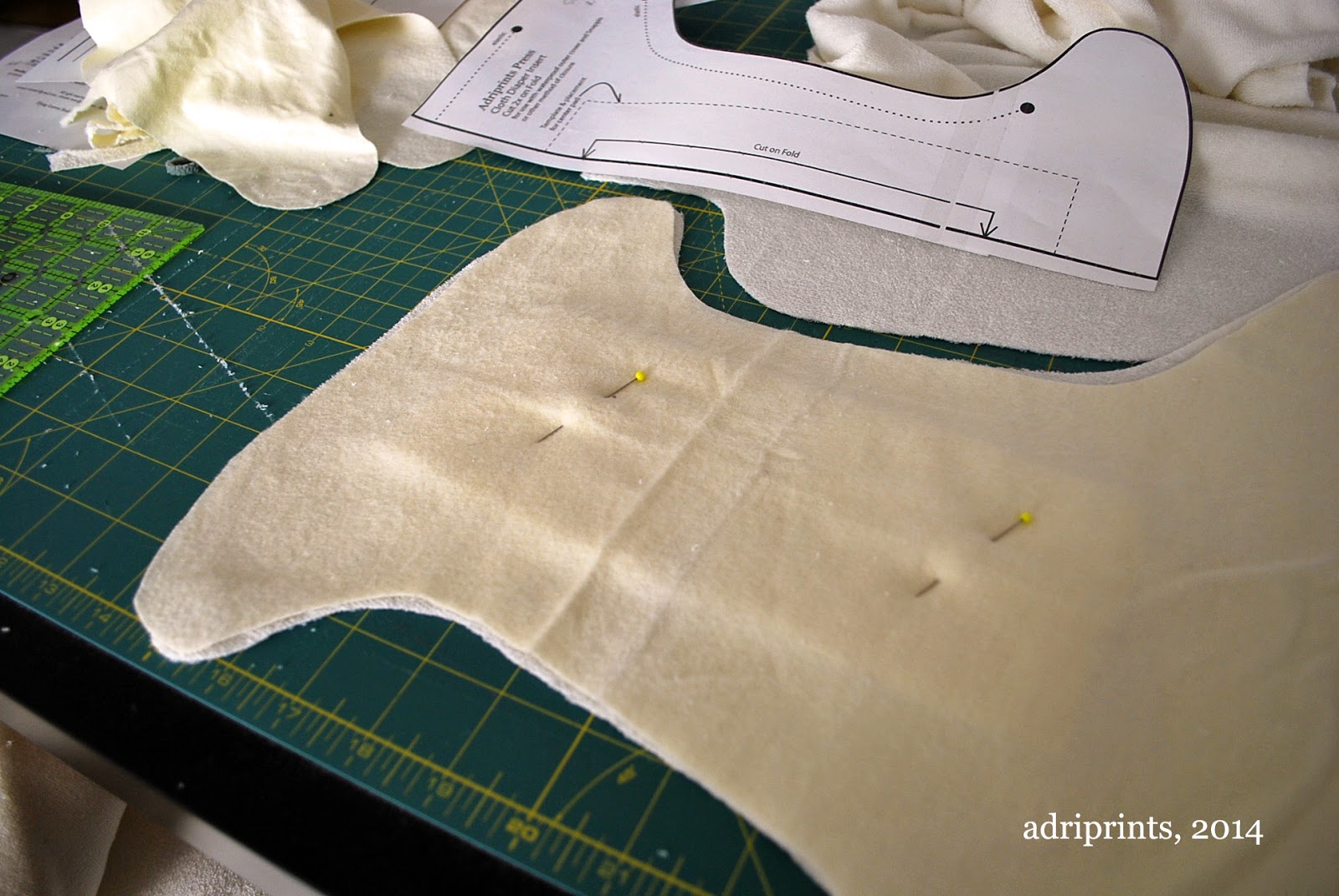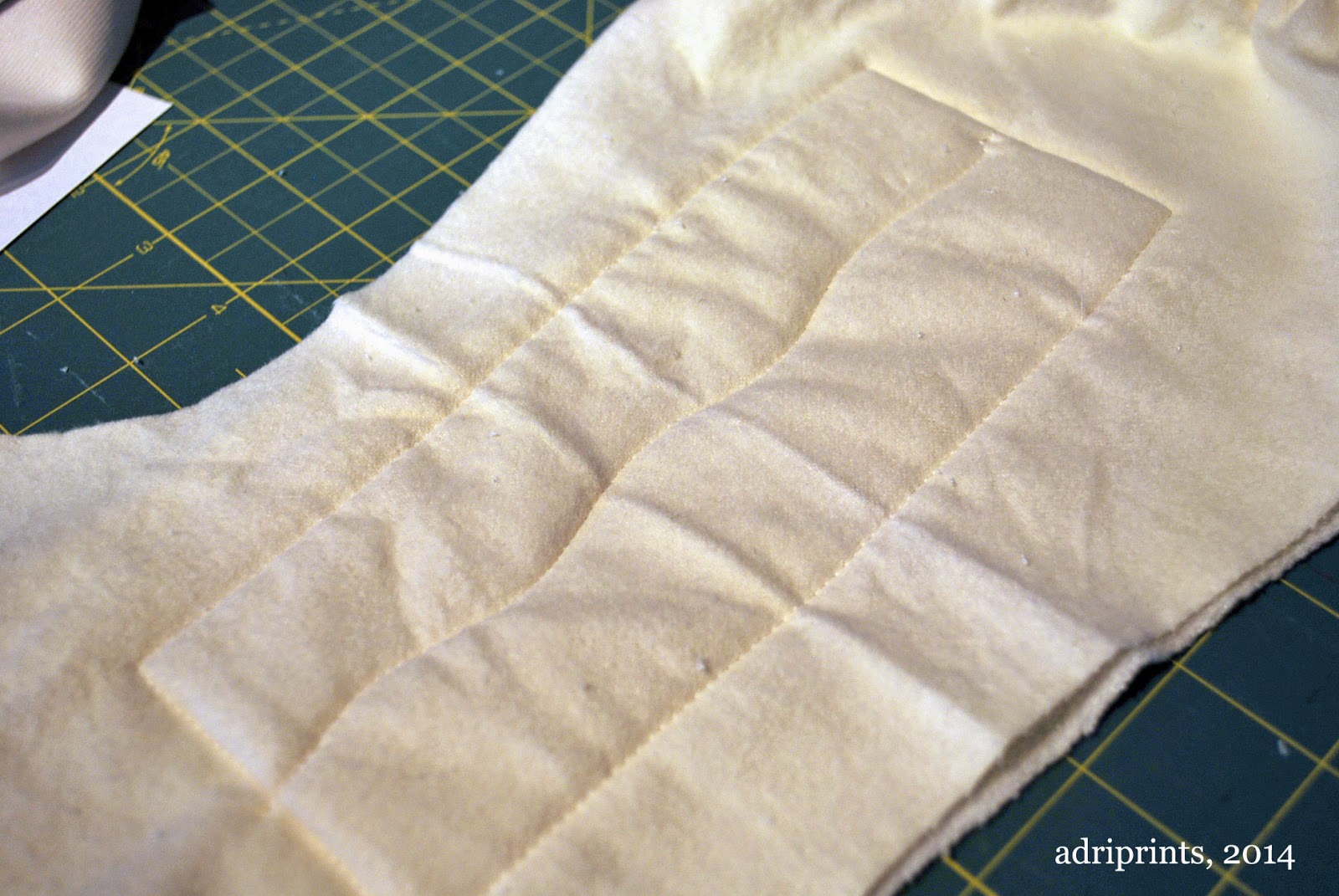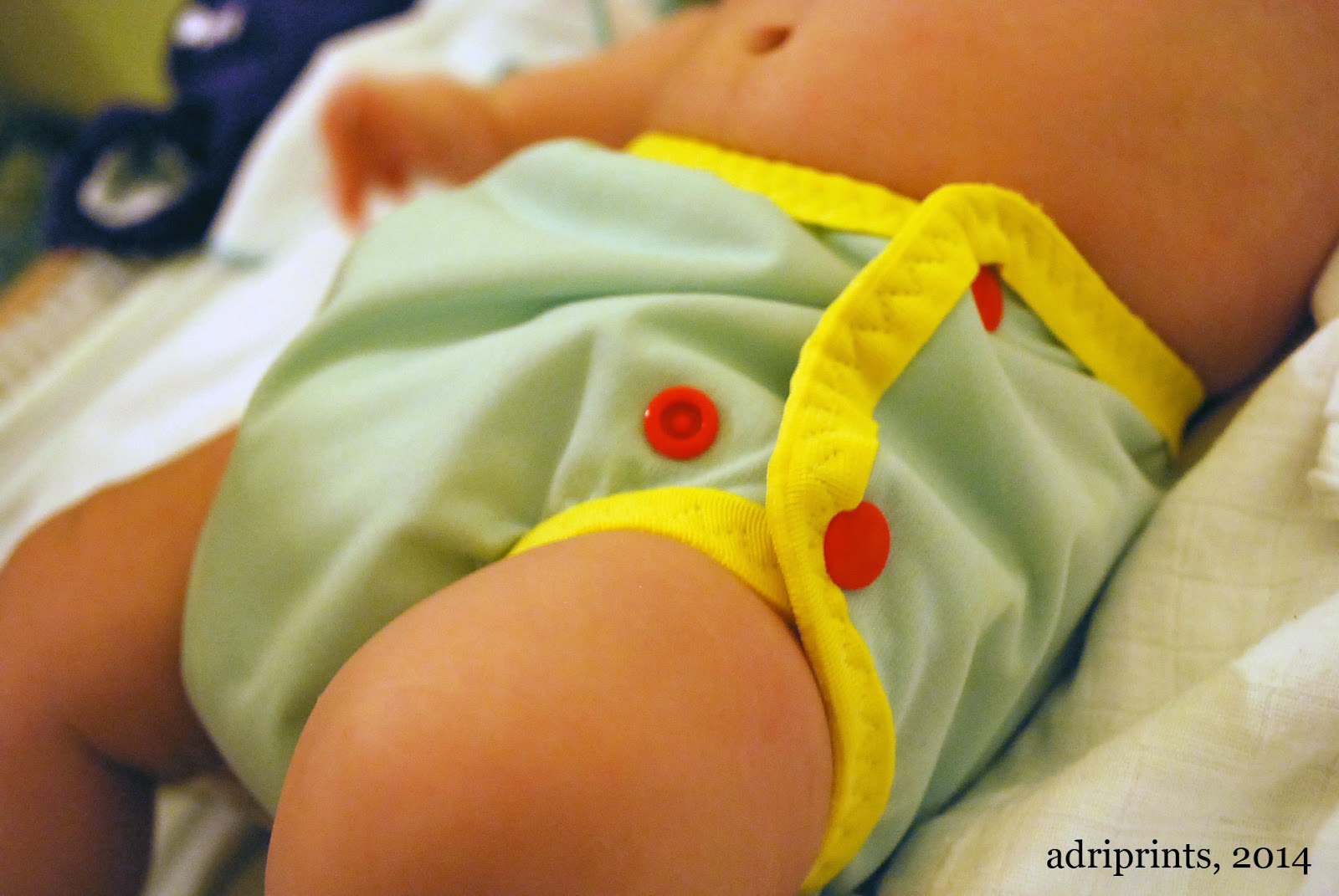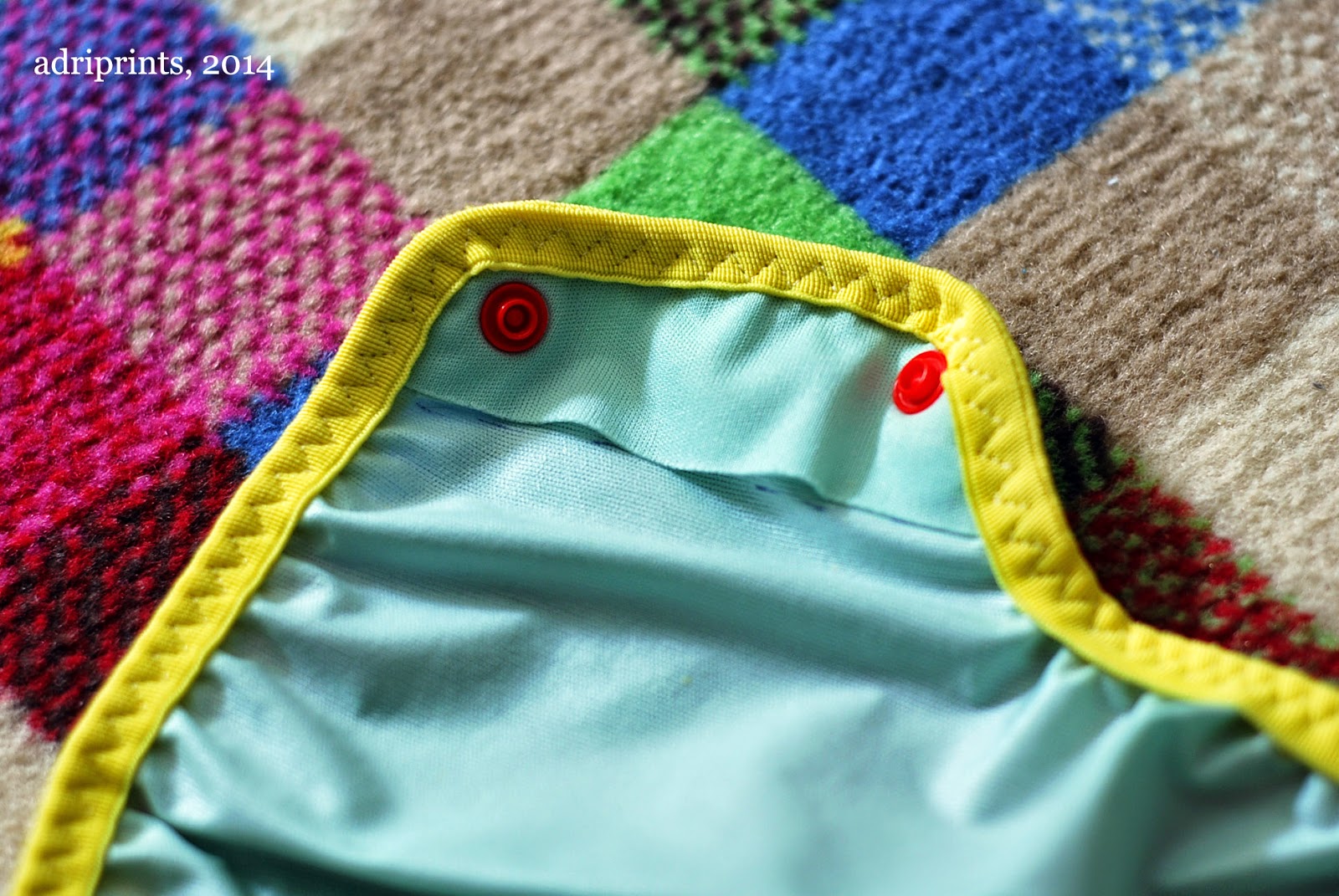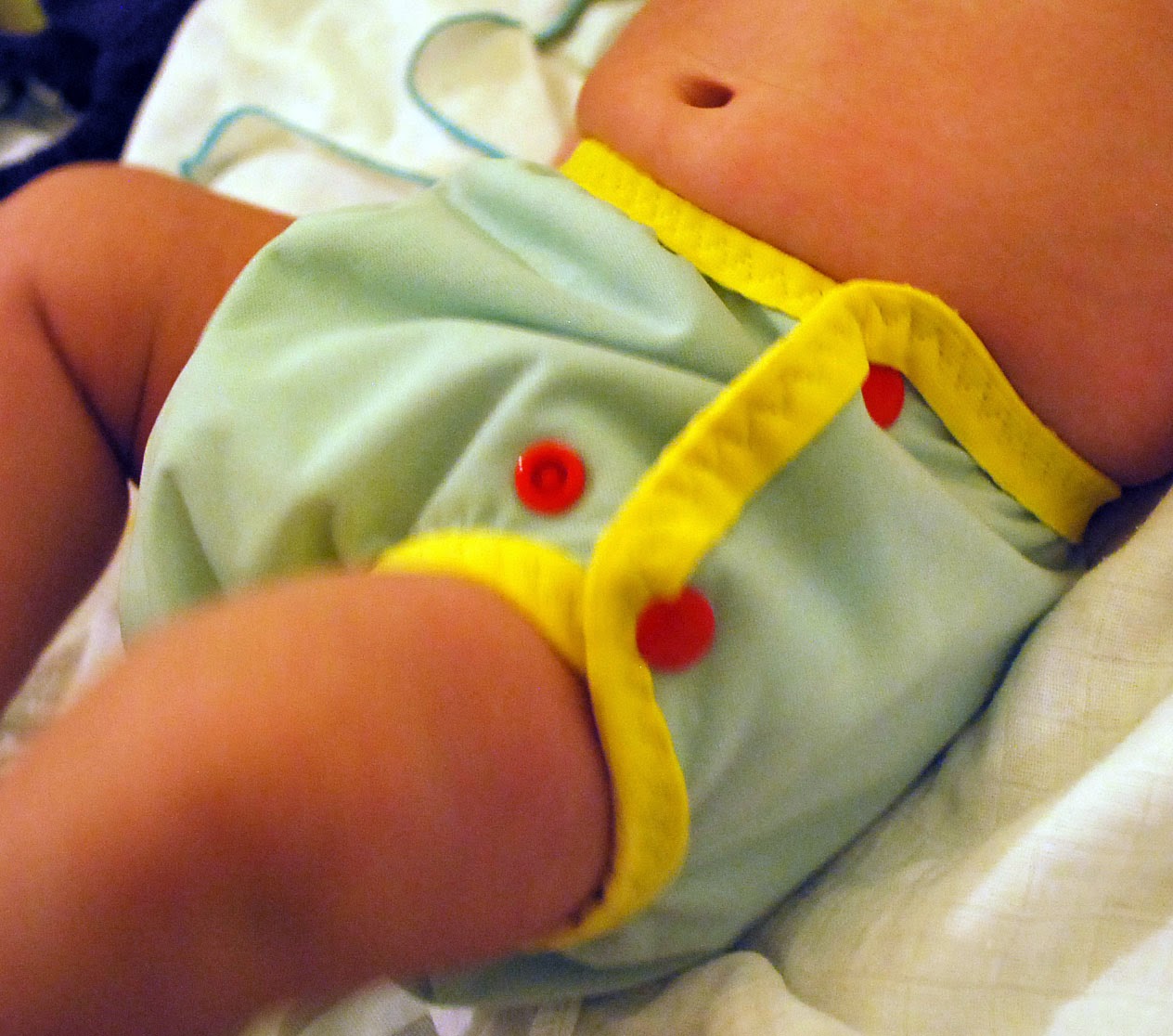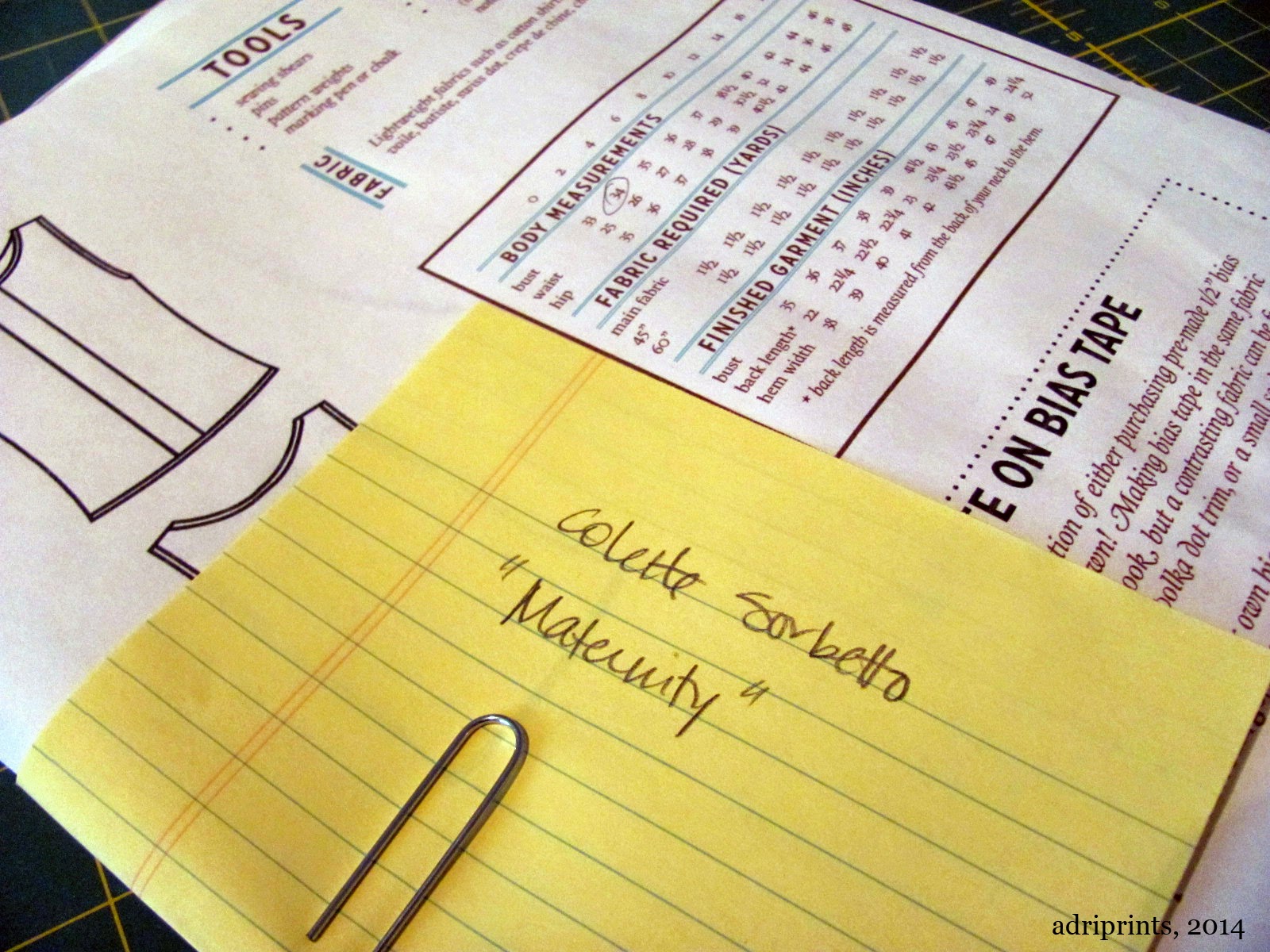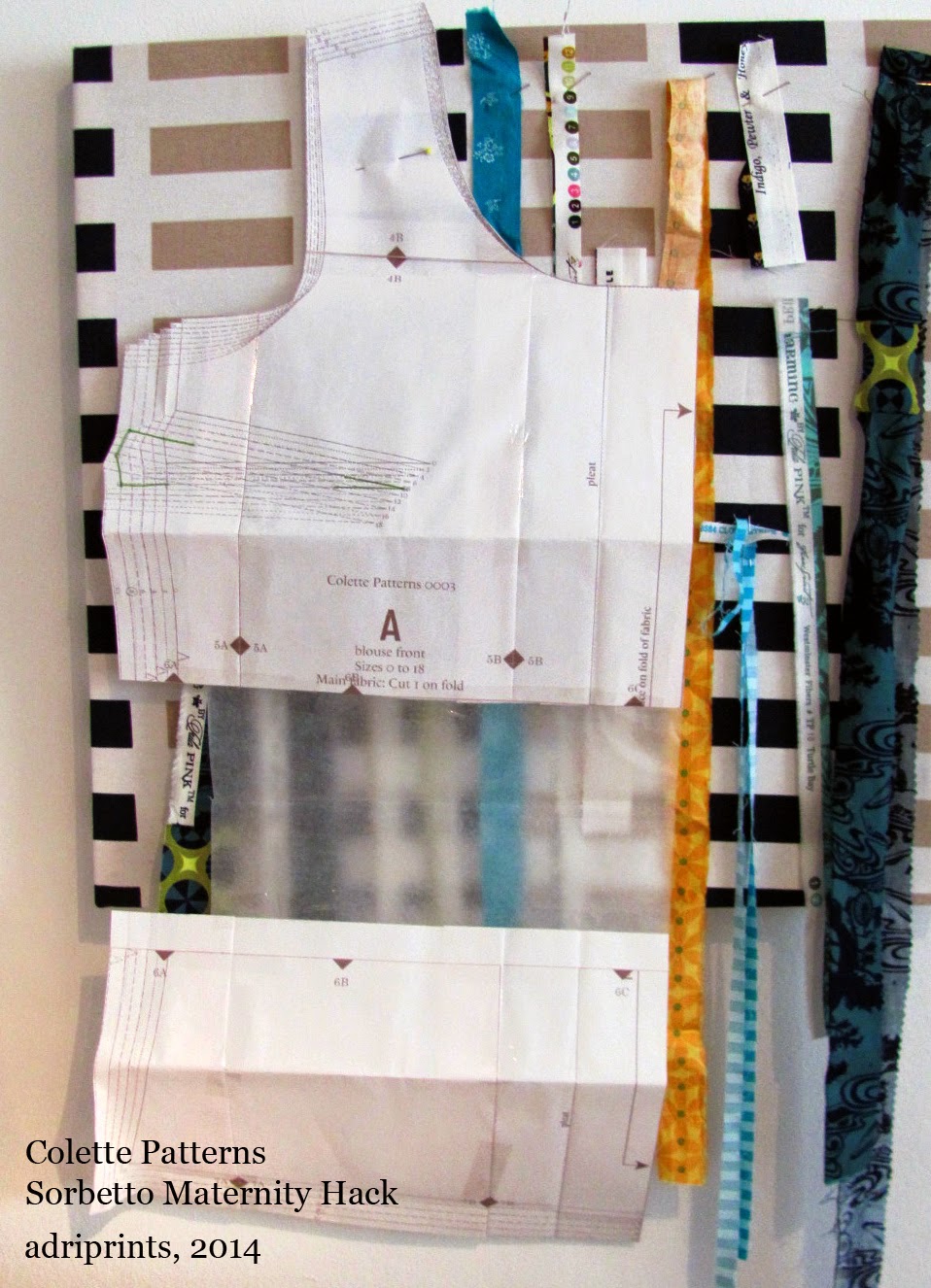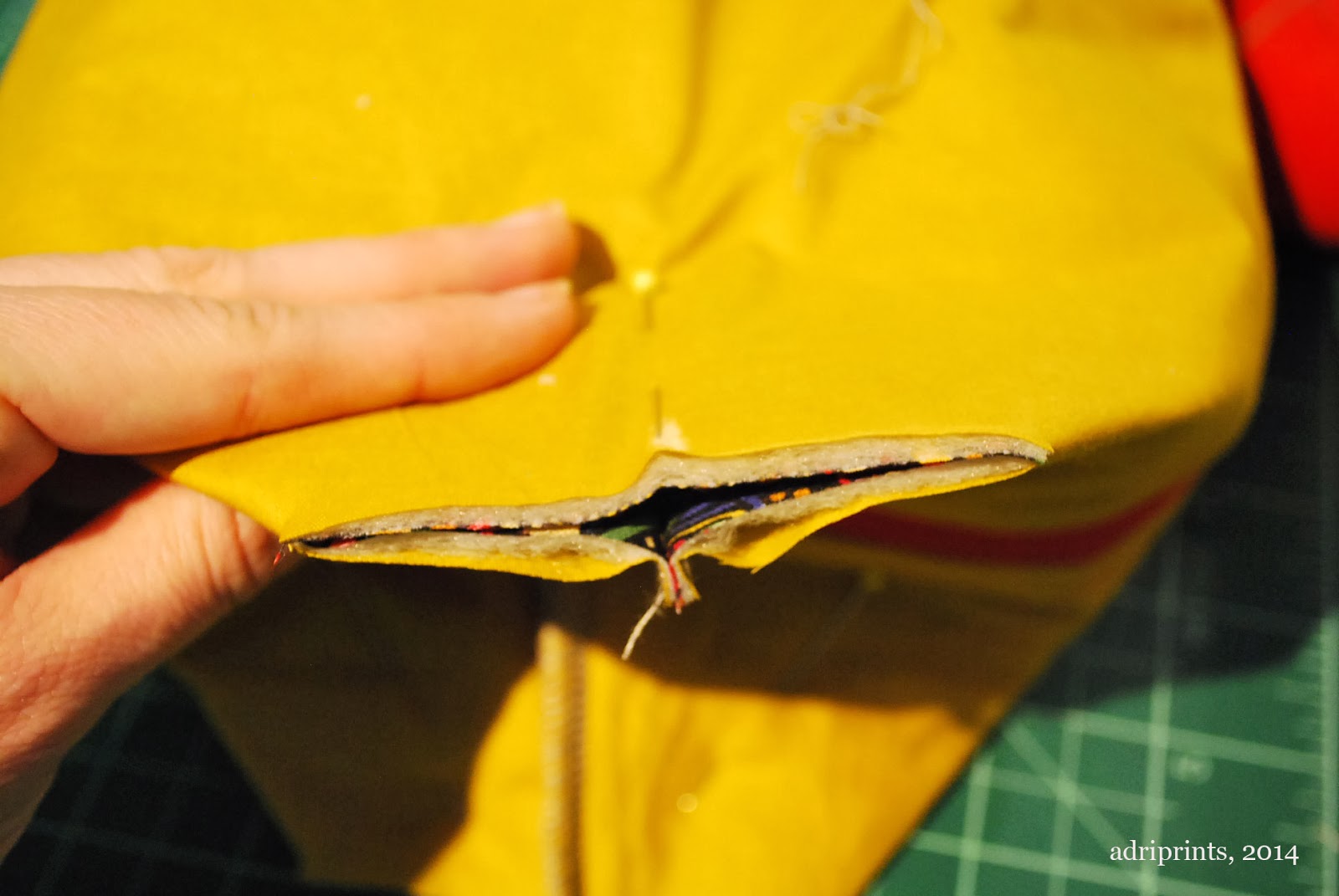A couple of years ago, I asked a friend of mine who is a professional yarn-dyer how she dyed one of her colorways into a gradient. I just couldn't imagine controlling the flow of color using the tradition ways of dyeing skeins. So, she told me. She doesn't dye the yarn in the skein, she dyes it while it's knitted up like a blanket.
((brainpop))
Materials:
- 100g skein of yarn meant for dyeing (or natural fiber yarn that can be over-dyed) knitted into a blanket or scarf (a knitting machine makes this faster)
- gloves
- kettle to quickly boil water and mix colors
- Kool-Aid packets (5 to 15 depending on color intensity - this tutorial used 5 plus a pinch of a 6th pack)
- a microwave
- plastic bag or surface protector
- microwave-safe bowl big enough to hold knitted blank
- jars to mix Kool-Aid (how many depends on how many colors you want to mix)
- yarn swift
Using a vague version of her technique, I used the knitting machine to knit up one skein of yarn into a kind of blanket or wide scarf.
 |
| 1 skein of Knit Picks Bare |
Then, I soaked it in warm water while I mixed the Kool-Aid colors. I used 6 small packets of Kool-Aid, and the yarn color is still quite light.
Kool-Aid "Recipes"1) basic light blue = 1 pack of Ice Blue Raspberry Lemonade + 1 pack Berry Blue + a pinch of Cherry
2) darker green = three dips in the combo of 1 pack Ice Berry Blue Raspberry Lemonade + 1 pack Lemon Lime + a pinch of Cherry
3) yellow blending = 1 pack Lemonade
All colors used at least one full pack of Kool-Aid mixed in a small jar (about 1.5 Cups) of just-boiled water.
Dyeing ProcedureOnce all my colors were mixed, I gently poured blue color onto blanket which was set atop a plastic bag big enough to cover my surface.
Note: I wish I’d rolled the wet blanket and dipped it into the bowl for more even coverage. Ah well!Then, I poured some of the green dye into a bowl, and with a rolled blanketb I dipped the end of the blanket into the bowl with 1/3 green mix, then dipped again, but deeper, with 1/3 green mix, then even deeper with the last of the green mix to create a kind of gradient.
But, where there was a bit too much contrast, I added yellow, pouring directly from the jar and using my hands (in latex gloves) to kind of finger-paint the color.
Then, I cooked the blanket with enough water to slightly cover it in a Pyrex bowl in the microwave for about 3 minutes (checking on it and turning it every minute or so).
I rinsed the blanket in warm water, soaked in “Soak” then spun it dry in washing machine, and unwound gently to dry in hank-form.
 |
| after spinning it dry |
 |
| winding slightly damp yarn is pretty easy |
The colors came out much lighter than anticipated, but I'm still pleased with it. If I want super-intense colors next time, then I could mix larger quantities of color (more Kool-Aid packs + more just boiled water). But, this fairly non-toxic and relatively quick (with a knitting machine and microwave!) dyeing method appeals to me very much, and I think I will try it again in the future!
So... any ideas on what to make with the newly dyed yarn?




